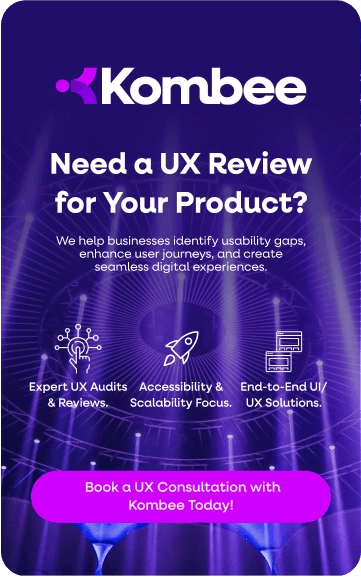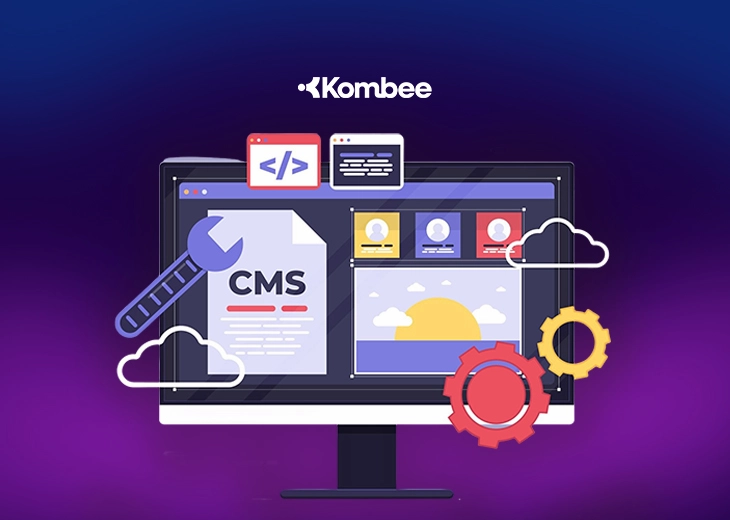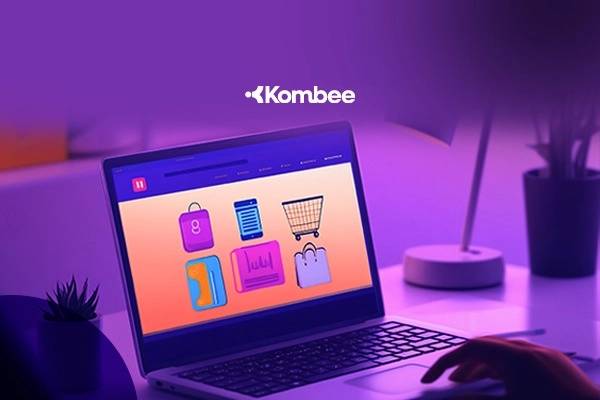Introduction
Did you know that 73% of companies are switching to headless architecture? If you're a D2C brand with ambitions to grow faster, deliver frictionless experiences, and reduce operational expenses, this change may also be the thing for you.
With headless commerce platforms, your business can free itself from locked-in platforms that inhibit creativity and slow you down. Instead, you have complete control over your frontend while maintaining stable backend operations. This separation allows you to innovate faster, offer personalization, and save time and money — without impacting core business operations.
In this blog, let's understand how headless commerce development and migration can save you time and money for your D2C brand.
How Headless Commerce Saves Time for D2C Brands?
1. Speedy Development and Deployment
Legacy platforms require frontend and backend teams to develop sequentially, slowing development.
With headless commerce development and migration, frontend and backend teams can work in parallel — i.e.,
- The frontend team can create new pages or features.
- The backend team works on data, security, and inventory updates.
This parallel development shortens project timelines significantly, enabling D2C brands to go to market with new products, features, or campaigns quicker than before.
Another significant benefit of headless commerce solutions is their ability to facilitate quick iterations.
In a competitive D2C landscape, brands must:
- Test and refine their website design
- Improve navigation, and
- Update product presentation on an ongoing basis.
With frontend and backend separated in headless commerce, D2C brands can tweak UI/UX without backend disruptions.
This makes it possible for your team to respond to customer feedback promptly, keeping your shopping experience new and engaging.
Pro Tip: Get a faster and more flexible store with Shopify Headless Development. This let’s your store load quickly, work smoothly, and grow easily with your business.

How Headless Commerce Saves Money for D2C Brands?
1. Efficient Resource Optimization
Legacy platforms make you scale everything simultaneously, even when only one component — your product catalogue — requires improvement. That results in over-provisioning and unnecessary infrastructure expenses.
With headless commerce development and migration this is avoided since you can scale frontend and backend independently. When you need to manage seasonal traffic peaks on your site, you scale only the frontend — without changing backend costs. This independent scaling enables wiser resource utilization, preventing unnecessary expenses.
Combine this with cloud cost management, where you only pay for what you use, and the cost savings become even more efficient. Hence, headless commerce solutions enable D2C brands to take full advantage of this cost-effective, pay-as-you-go model.
Pro Tip: You can achieve this kind of efficiency with Kombee’s BigCommerce headless development. This allows you to build custom storefronts, sync inventory in real-time, and optimise your checkout for better performance and lower costs.
2. Better Conversion Rates
More conversions mean more revenue — headless commerce helps you by facilitating greater personalization, directly translating into better conversions.
Since headless commerce solutions centralised customer data, you gain a 360-degree view of each customer across every channel. This let's your marketing team create highly personalized offers, content, and product recommendations. Customers see what they’re most interested in, whether they visit your site, open your app, or browse your products on social media.
This data-driven personalization makes your marketing budget work smarter, achieving more significant ROI from every campaign. By showing the correct audience the correct content at the proper time, your brand can eliminate wasteful ad spend and drive increased profitability.
3. Lower Development and Maintenance Costs
Modernizing legacy eCommerce platforms is expensive because even minor updates must be made system-wide, which results in lengthy development lifecycles and high costs. Headless commerce saves these expenses by enabling brands to embed payment and search and review tools via APIs rather than custom development.
With separated frontend and backend updates, brands can update without bringing the whole system down, reducing downtime and maintenance expenses. Pre-existing integrations and simple plugin swaps speed up updates, reduce cost, and minimize dependence on developers, saving money.
Other Benefits Of Headless Commerce Solutions for Your D2C Brands
1. Creative Freedom and Personalization
Each D2C brand desires a unique identity, yet conventional platforms hamper creativity by imposing fixed templates.
Headless commerce platforms provide freedom to be creative with no strings attached, and brands can create personalized experiences on websites, apps, social platforms, and even next-generation technologies like AR/VR.
Because headless commerce development and migration decouples frontend and backend, you can use any tech stack that aligns with your vision. This allows your brand to quickly shift towards new trends and customer tastes without being held back by legacy technology.
2. Future-Proof Scalability That Grows With Your Business
As customers shop through your website, Instagram, marketplaces, and even voice. They demand a unified, personalized experience regardless of where they interact. Headless commerce enables this by unifying product data and content and allowing the brands to create a consistent, optimized experience through all touchpoints without restrictions.
Headless commerce seamlessly adds new sales channels and cutting-edge technologies without interrupting the customer experience.
This translates to quicker site refreshes, better navigation, and customised interactions—keeping your brand relevant, responsive, and prepared for the future of eCommerce.
3. Fast Performance That Directly Boosts Conversions
Speed is very important in D2C. Therefore, headless commerce development and migration enables frontend and backend teams to operate separately, allowing for faster page loads, smoother navigation, and quick checkout experiences.
Headless commerce supports real-time content delivery, optimized mobile experiences, and faster feature updates. Such agility allows D2C brands to keep pace with trends, deploy changes rapidly, and offer a high-speed shopping experience that generates more sales.
Conclusion
Headless commerce solutions enable D2C brands to save time and money through flexible design, accelerated development, and simplified management of various sales channels. Through headless commerce development and migration, your brand can rapidly refresh your website, enhance customer experiences, and lower the cost of keeping your technology up to date.
Want these advantages of headless commerce for your brand? Kombee's here to help! We ease headless commerce development and migration so your D2C brand can accelerate faster and more intelligently and offer customers the most incredible experience on all platforms.
Frequently Asked Questions
Q1. How does headless commerce save time for D2C brands?
Headless commerce allows frontend and backend teams to work in parallel, reducing development timelines. This enables faster launches, quick iterations, and the ability to improve customer experiences without backend disruptions.
Q2. How does headless commerce help reduce costs?
With headless commerce, brands can scale frontend and backend independently, use API-based integrations instead of costly custom builds, and minimize downtime with simpler updates. This lowers infrastructure, development, and maintenance expenses.
Q3. Can headless commerce improve conversion rates?
Yes, by centralizing customer data and enabling personalization across all touchpoints, headless commerce delivers relevant content, recommendations, and offers. This boosts engagement and leads to higher conversion rates.
Q4. What other benefits does headless commerce provide for D2C brands?
Headless commerce enables creative freedom, future-proof scalability, fast site performance, and omnichannel consistency. This ensures brands can stay agile, adapt to trends, and deliver seamless shopping experiences.








